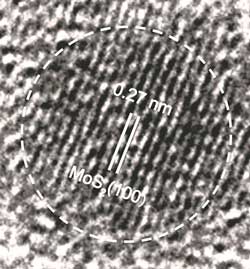
Thursday, January 24, 2019
Engineers develop novel strategy for designing semiconductor nanoparticles for wide-ranging applications
'Green' electronics made from nanocellulose
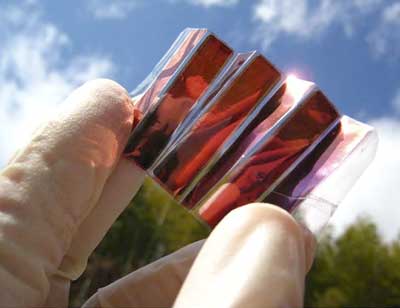
Engineers eye static electricity to power our electronics
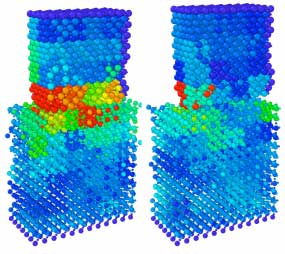
Unlocking graphene's superconducting powers with a twist and a squeeze
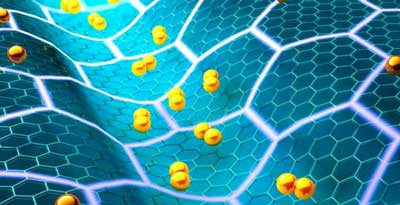
Semiconductors combine forces in photocatalysis
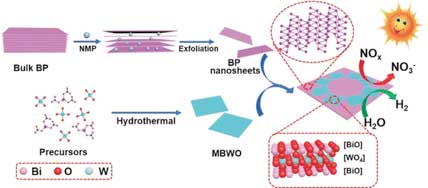
Innovative technique could pave way for new generation of flexible electronic components
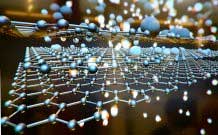
Breakthrough reported in fabricating nanochips
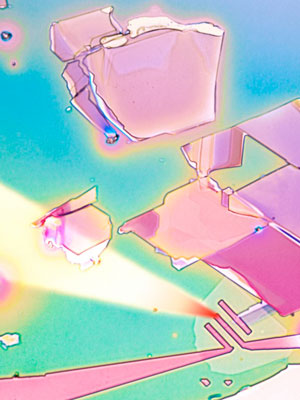
Graphene can hear your brain whisper
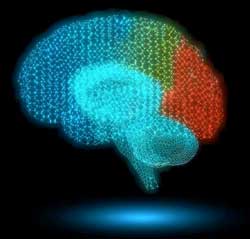
Animal, plant biology aids in improving electronic and energy conversion devices
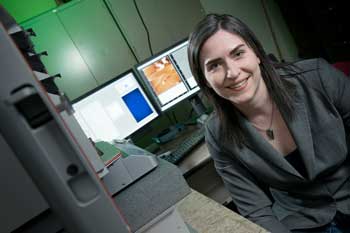
Subscribe to:
Comments (Atom)
